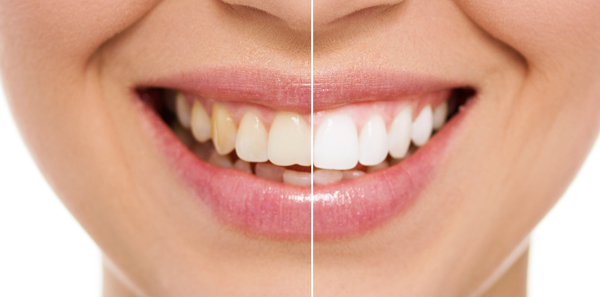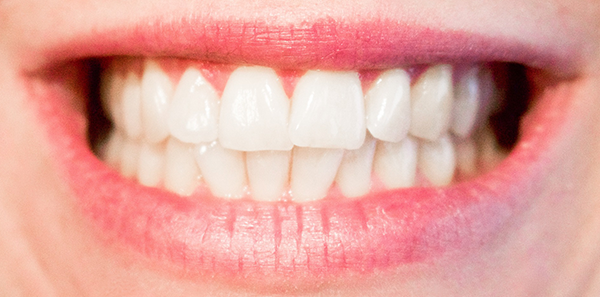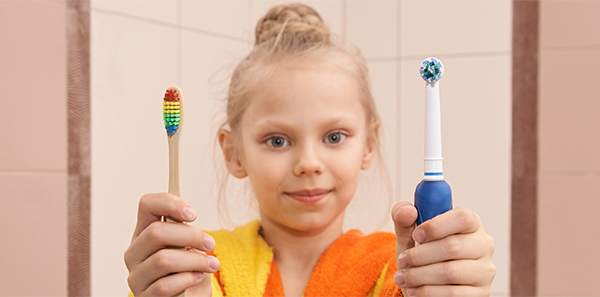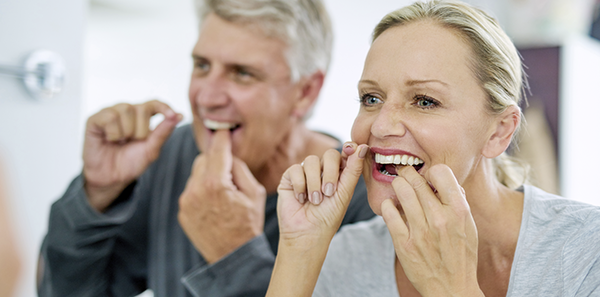
Teeth whitening is a beauty treatment that enables the colour of teeth to be changed to a whiter tone. Having whiter teeth improves self-esteem and is a sign of cleanliness, youth and good health.
Teeth whitening is a harmless treatment and is very much in demand at the moment.
What is the most widely used type of dental whitening?
The most common technique is the mixed procedure: the whitening product is applied in the dental clinic with an LED cold light lamp and is followed up at home with a customised whitening tray for 2-3 hours or overnight depending on the concentration of the whitening agent.
Teeth whitening step by step
- The dentist must first obtain the patient’s clinical history to ascertain their state of health. The dentist will also need to know the patient’s reasons for requesting the treatment and their expectations.
- This is followed by a clinical examination in the dental consultation room to ascertain whether there is any clinical reason why the treatment may not be carried out: periodontal disease, teeth grinding, tooth decay, dental hypersensitivity, allergies to any medications, pregnancy and bleachorexia.
- A colour sample is taken before treatment to serve as a reference for the outcome.
- The mouth is cleansed using ultrasound and rotating toothbrush for better treatment results.
- A protective gel is applied to the gums and the patient is fitted with safety glasses to protect their eyes.
- A rubber dental dam and saliva aspirator are fitted to keep the patient comfortable.
- The whitening agent, hydrogen peroxide, is applied to the teeth that are to be whitened, generally from molar to molar, and this is activated by the LED cold light. The gel reacts and releases oxygen, which is the cleaning agent that makes the teeth white again.
Duration of the treatment
The time spent in the dental clinic is approximately 40 minutes and the procedure is carried out without anaesthetic, so if there is hypersensitivity, treatment is halted and if not, the whitening process can be prolonged.
Is the treatment painful?
It’s not painful. The treatment is administered without anaesthetic to monitor hypersensitivity. Patients may occasionally feel discomfort, but this disappears in 48 hours without the need for further treatment.
Does the process have consequences for teeth?
The enamel is not damaged and there is no impact on the dental pulp, provided everything is monitored by a specialist. Teeth are not weakened and do not suffer any abrasions.
If the patient has fillings, implants, crowns or bridgework with different colouring, the teeth whitening must be done first and then the restorative material must be changed to even out the white tone obtained
Is whitening equally effective on all tooth colours?
No. The best results are obtained on yellow teeth.
Orange or grey colours can be whitened up to 70%.
This treatment is not suitable for violet coloured teeth caused by use of the antibiotic tetracycline, and porcelain veneers would have to be used
How long does the whitening effect last for?
The effects of the treatment last for a minimum of 2 years, depending on the technique used and whether patients follow the recommendations on oral habits and hygiene. It’s important to avoid consuming too much coffee, tea, red wine and tobacco.
A follow-up treatment at home can be done with the whitening tray and the carbamide peroxide gel left in overnight, when patient and specialist consider it necessary, depending on the colouring and severity of the case.
The information published in this media neither substitutes nor complements in any way the direct supervision of a doctor, his diagnosis or the treatment that he may prescribe. It should also not be used for self-diagnosis.
The exclusive responsibility for the use of this service lies with the reader.
ASSSA advises you to always consult your doctor about any issue concerning your health.












